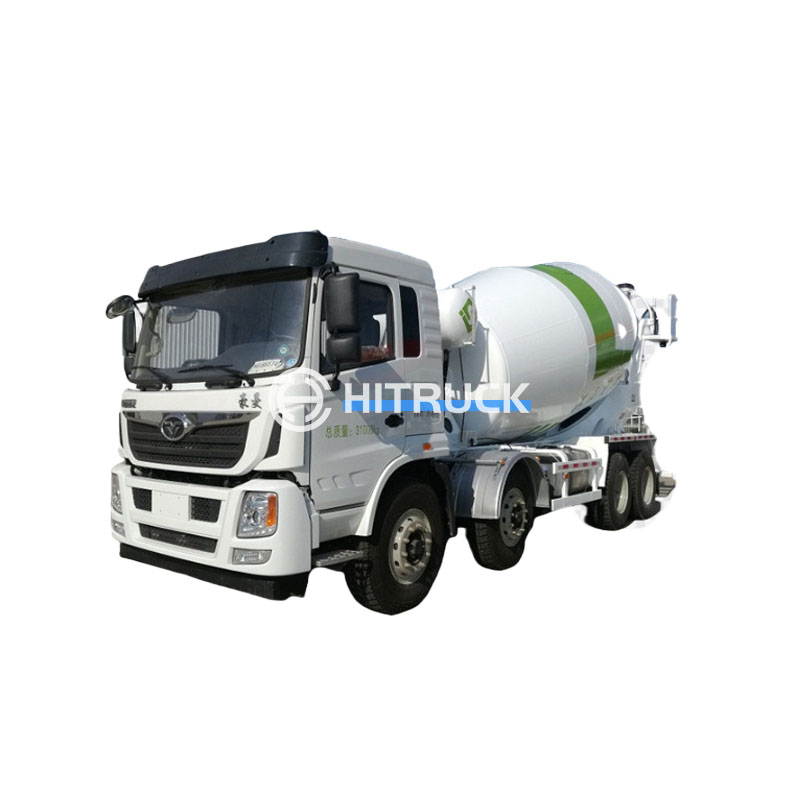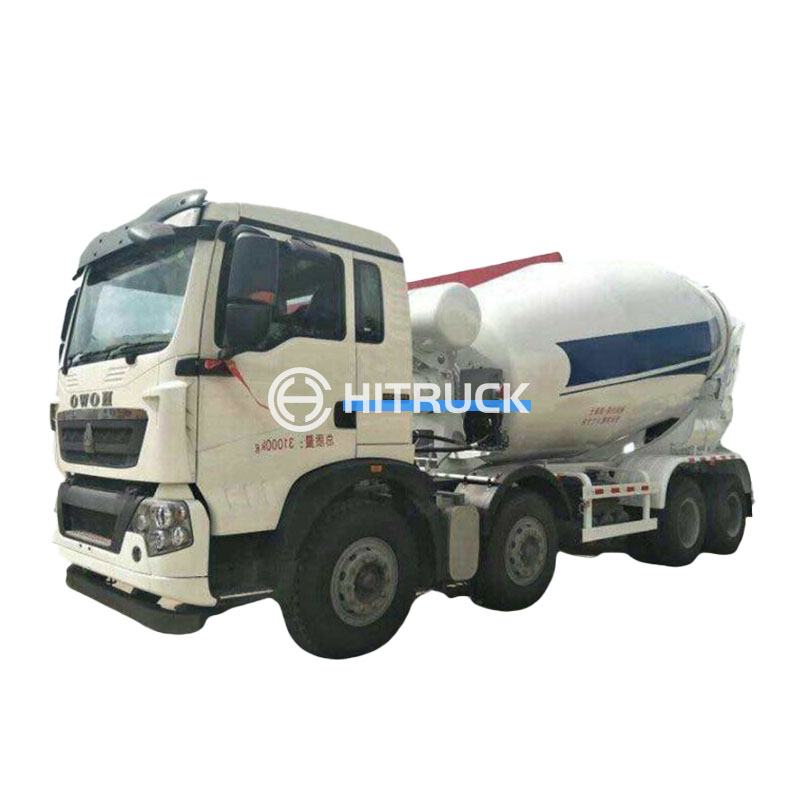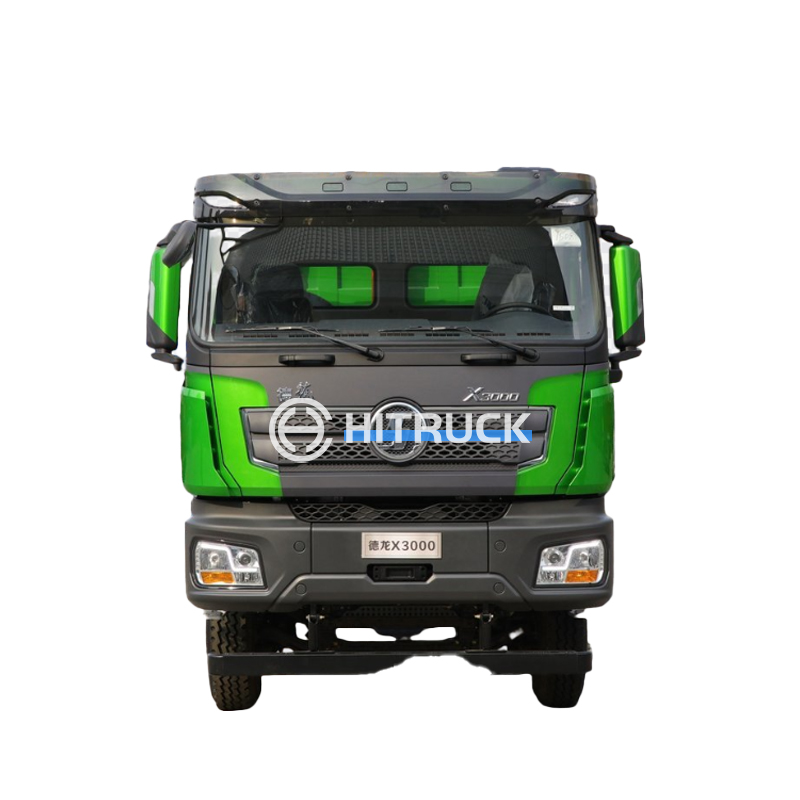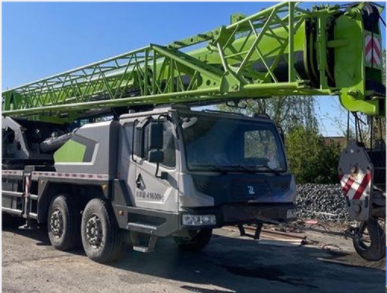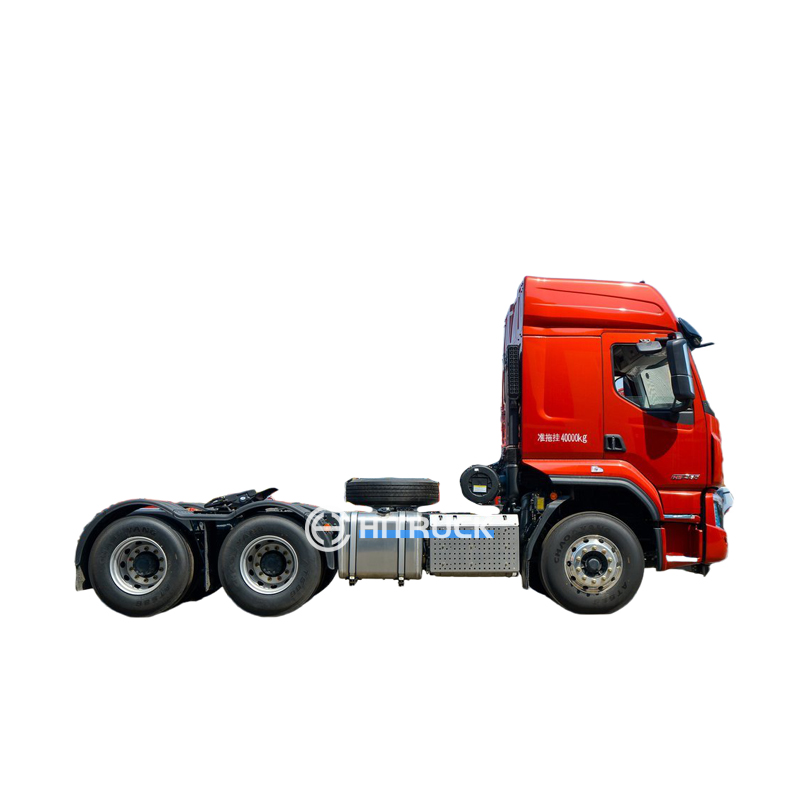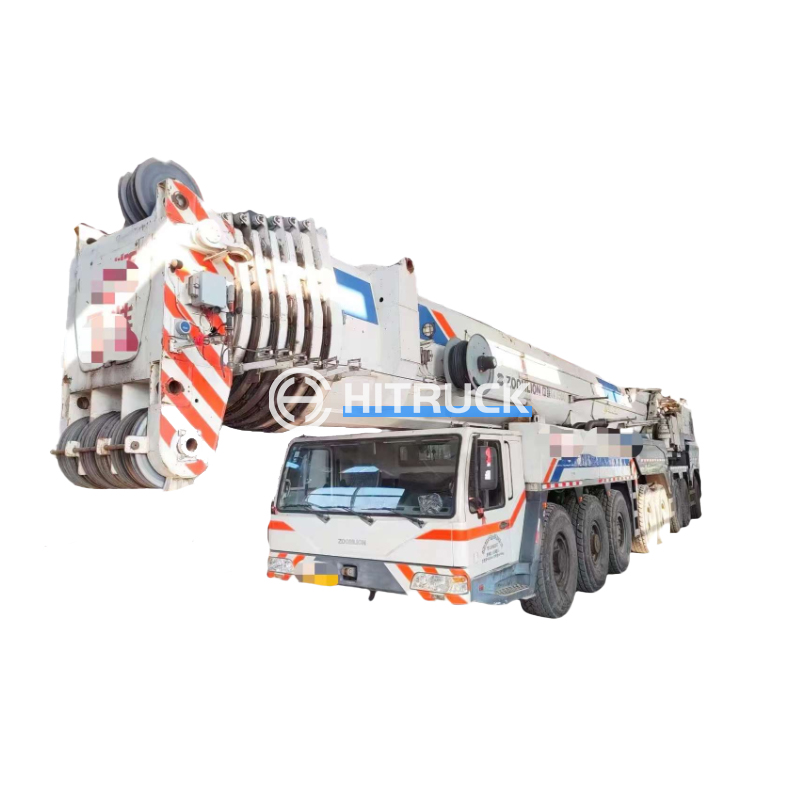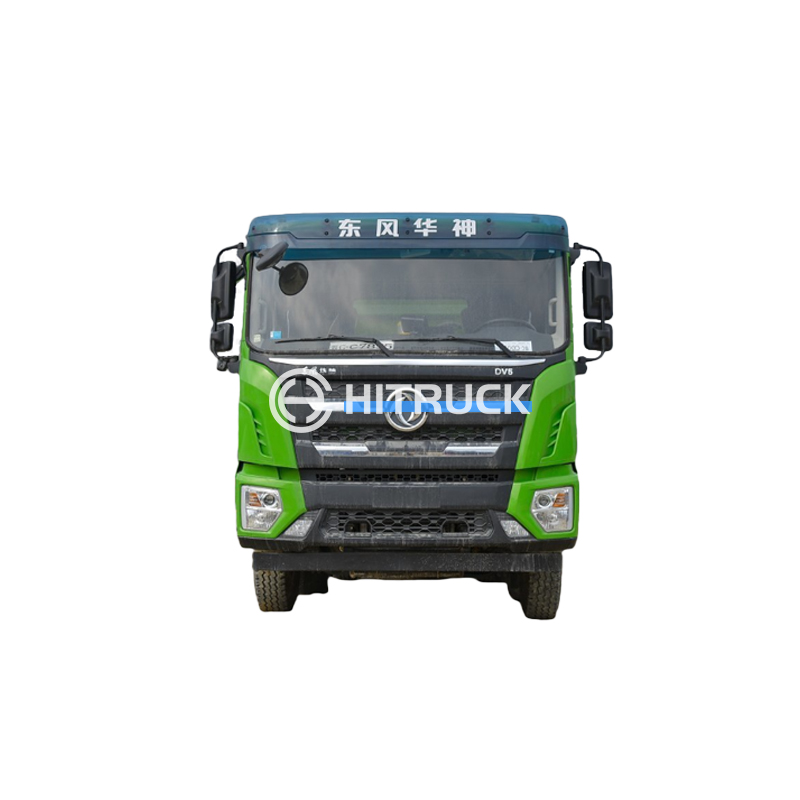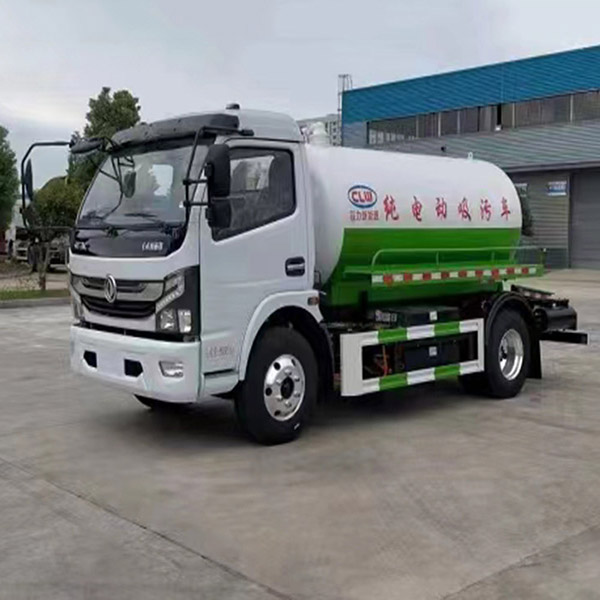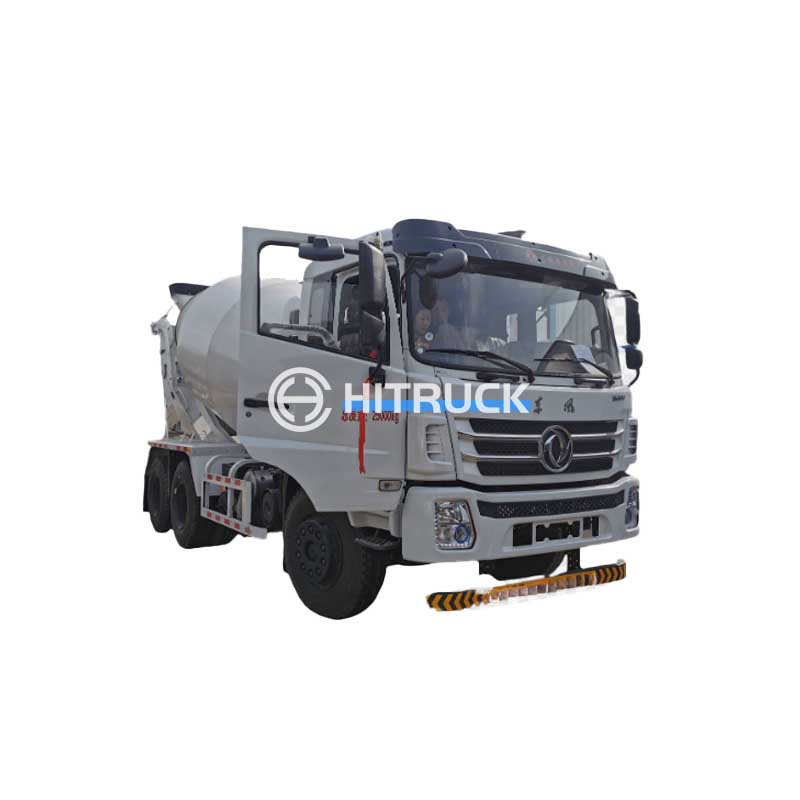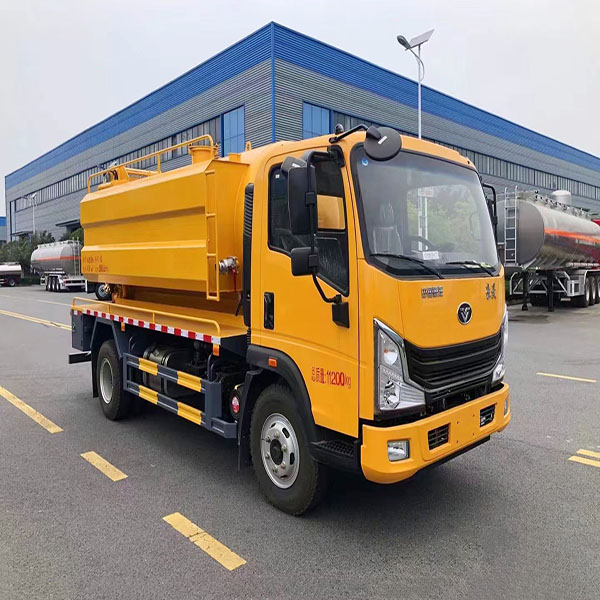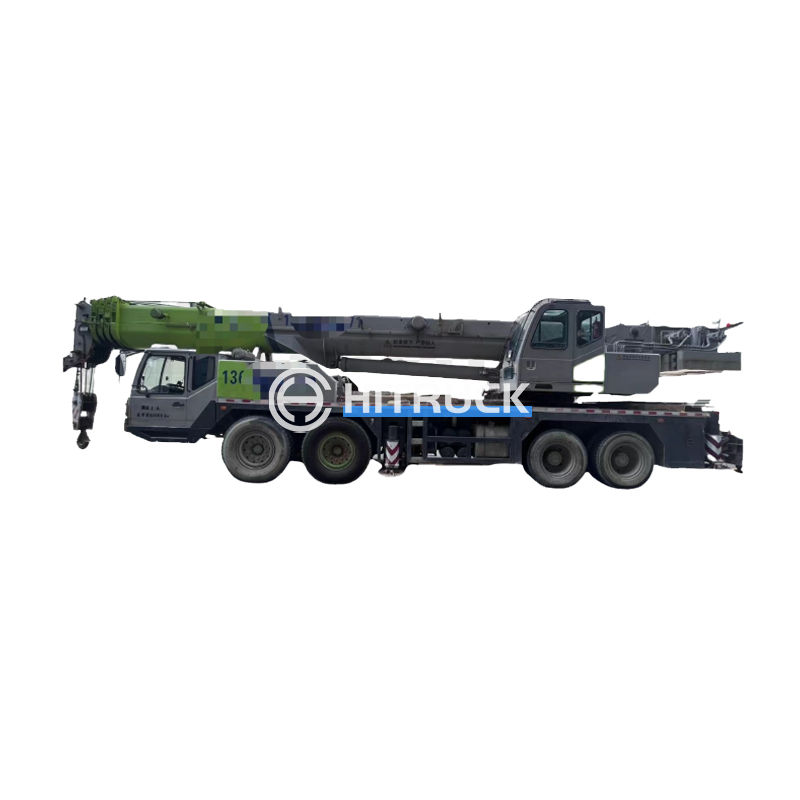Heavy Lift Tower Cranes: A Comprehensive GuideThis article provides a comprehensive overview of heavy lift tower cranes, exploring their capabilities, applications, and considerations for selection and operation. We delve into different types, safety protocols, and technological advancements shaping this vital sector of construction.
Heavy lift tower cranes are essential pieces of equipment in large-scale construction projects, capable of lifting exceptionally heavy loads to significant heights. Understanding their capabilities, limitations, and safe operation is critical for project success and worker safety. This guide explores the various aspects of heavy lift tower cranes, from their design and functionality to their applications and the considerations involved in their selection and use.
Hammerhead cranes are characterized by their distinctive horizontal jib, resembling a hammerhead. This design allows for a large working radius and the ability to lift extremely heavy loads. They are often used in large infrastructure projects such as skyscrapers and bridges. The reach and lifting capacity vary significantly depending on the specific model; some can lift hundreds of tons. Considerations include their footprint and the need for robust foundation support.
Flat-top cranes, unlike hammerhead cranes, have a sleeker, more compact design. This makes them better suited for congested urban environments where space is limited. While their lifting capacity might be slightly less than hammerhead cranes of comparable size, they offer excellent maneuverability and are often chosen for projects with tighter access constraints. The slewing mechanism is a critical component ensuring smooth rotation.
Luffer cranes feature a vertical jib that can be inclined to a certain degree. This design is beneficial in situations where vertical lifting is prioritized, such as in high-rise construction or industrial applications where loads need to be lifted to specific locations within a confined area. Their smaller footprint compared to hammerhead cranes makes them suitable for smaller sites.
Selecting the appropriate heavy lift tower crane requires careful consideration of several key factors:
| Factor | Considerations |
|---|---|
| Lifting Capacity | Maximum weight the crane can lift at a given radius. This directly impacts the project's needs. |
| Working Radius | The horizontal distance from the crane's center to the furthest point it can reach. |
| Height Under Hook | The maximum height the hook can reach. Essential for multi-story buildings. |
| Site Conditions | Ground stability, accessibility, and space limitations all play a significant role. |
Table 1: Key Considerations When Selecting a Heavy Lift Tower Crane
Safety is paramount when operating heavy lift tower cranes. Regular inspections, adherence to strict safety protocols, and proper maintenance are crucial. Thorough operator training and certification are non-negotiable. Suizhou Haicang Automobile sales Co., LTD emphasizes the importance of responsible crane operation and provides resources for industry best practices.
The industry continues to witness advancements in technology impacting heavy lift tower cranes. These include improved control systems, enhanced safety features, and the integration of advanced monitoring technologies that provide real-time data on crane performance and operational efficiency. These developments enhance safety, productivity, and the overall efficiency of large-scale construction projects.
This guide provides a foundation for understanding heavy lift tower cranes. For detailed specifications and individual crane models, refer to manufacturer documentation. Always prioritize safety and comply with all relevant regulations when working with this heavy-duty equipment.

